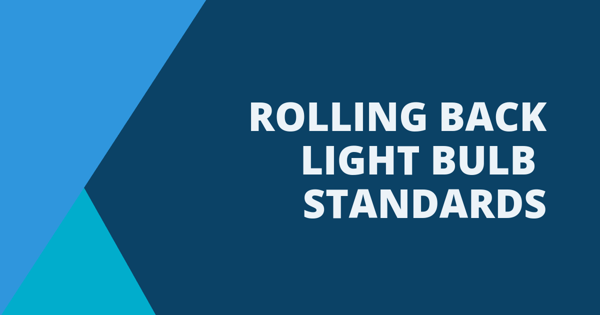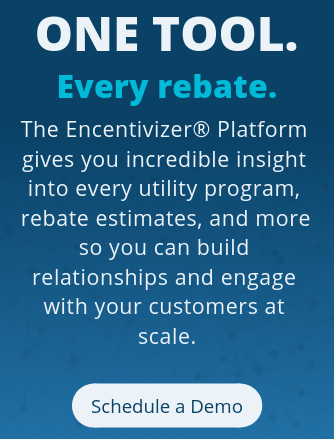
Developed in the 1970s, the DOE Building Energy Codes program has been creating enormous energy and dollar savings for both businesses and consumers. These codes cover everything that goes into keeping a building safe and habitable including building energy measures such as lighting, insulation, and hot water systems.
The DOE estimates the current energy codes provide energy savings of more than 30% compared to the energy codes of a decade ago and are expected to save $126B between 2012 and 2040. The next phase of the lighting efficiency code is set to take effect in 2020, expanding to cover all general-service lamps including lights such as reflector bulbs, floods, and three-way bulbs. However, the current administration’s DOE is considering rolling back this next phase and making it tougher to enact higher efficiency levels in the future. This could cost consumers $10B on their utility bills and result in an extra 68B kWh of electricity produced annually in the near term, potentially much more if new standards are never enacted.
Minimum efficiency codes, combined with utility, state, and federal incentives are major drivers of the adoption of new energy efficiency technologies.
The building codes set future standards that encourage manufacturers to research, develop, and improve the energy efficiency of their products. The incentives allow consumers to afford and adopt the newer technology; while the manufacturers are still including the higher R&D costs associated with the advanced technology in the price of the equipment. This synergy accelerates the adoption rate much faster than would occur naturally, which saves consumers energy and helps reduce the risk and shorten sales cycles for businesses.
The national minimum energy efficiency standards for light bulbs enacted in 2007 set off the LED boom we are in now. Under the threat of their older technologies having an expiration date, manufacturers developed LED products rapidly to replace them. Utility efficiency programs, combined with tools that can automate the process have helped commercial, industrial, and residential customers adopt newer technologies.
The only subject in the original minimum standards were simple A-lamp bulbs, but the LED drivers, heatsinks, and other associated technologies developed for these bulbs can be used in other general service lighting. There are more than enough products available currently to meet the upcoming building standards since manufacturers have been preparing for this upcoming 2020 deadline.
Delaying or repealing the efficiency codes only serves to waste billions in energy costs and to continue to prop up outdated technology. Additionally, delaying or scaling back this DOE standard could set a dangerous precedent. Currently, DOE energy standards are not allowed to be reduced, only increased. However, if the DOE moves forward with this delay of lighting energy standards, it could set the stage for more DOE energy standards to be scaled back across a wide range of products. In order to meet our future national, state, and personal energy goals, energy policy will need to play a huge role. For that reason, to see the DOE continue to work for a more energy-efficient system.
.png?width=500&name=2019%20e%20news%20spotlight%20logo%20(1).png)




